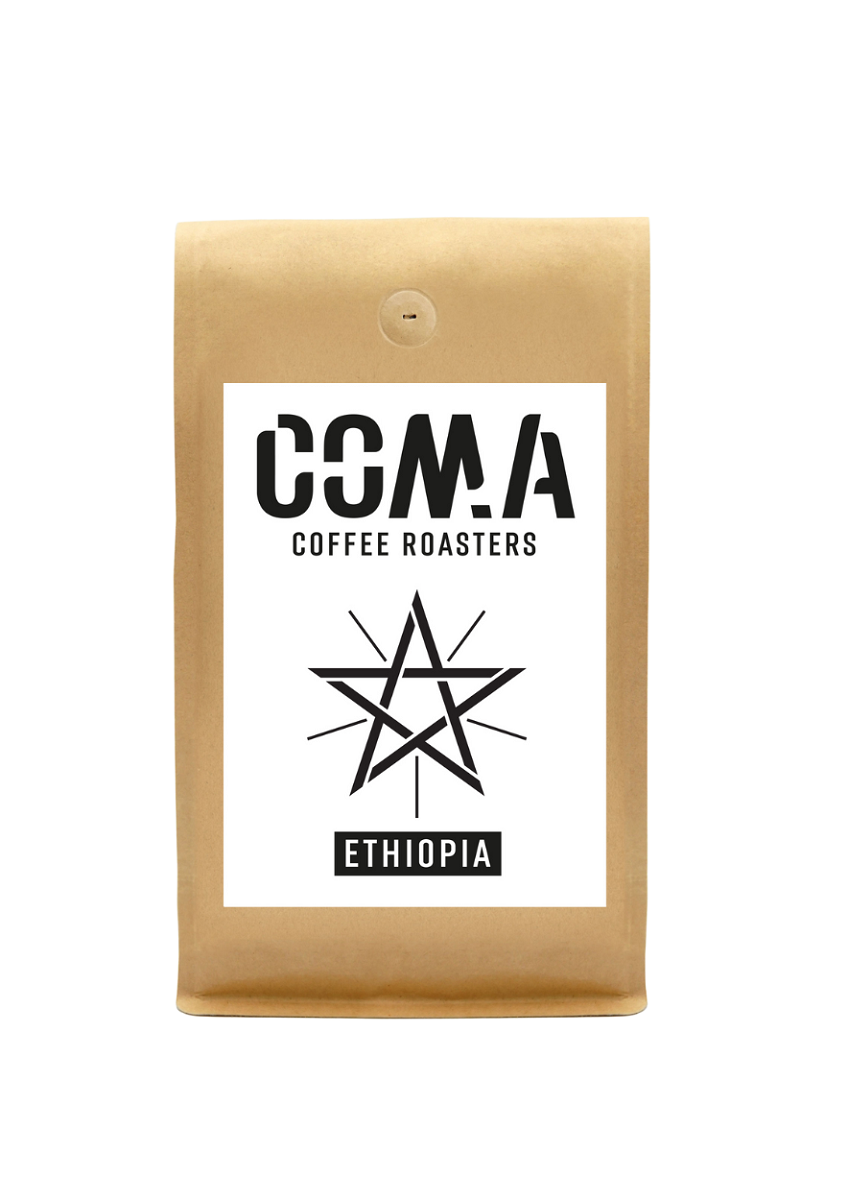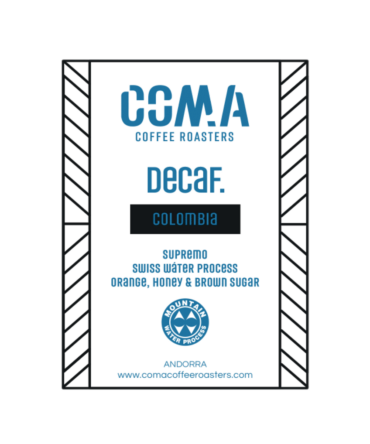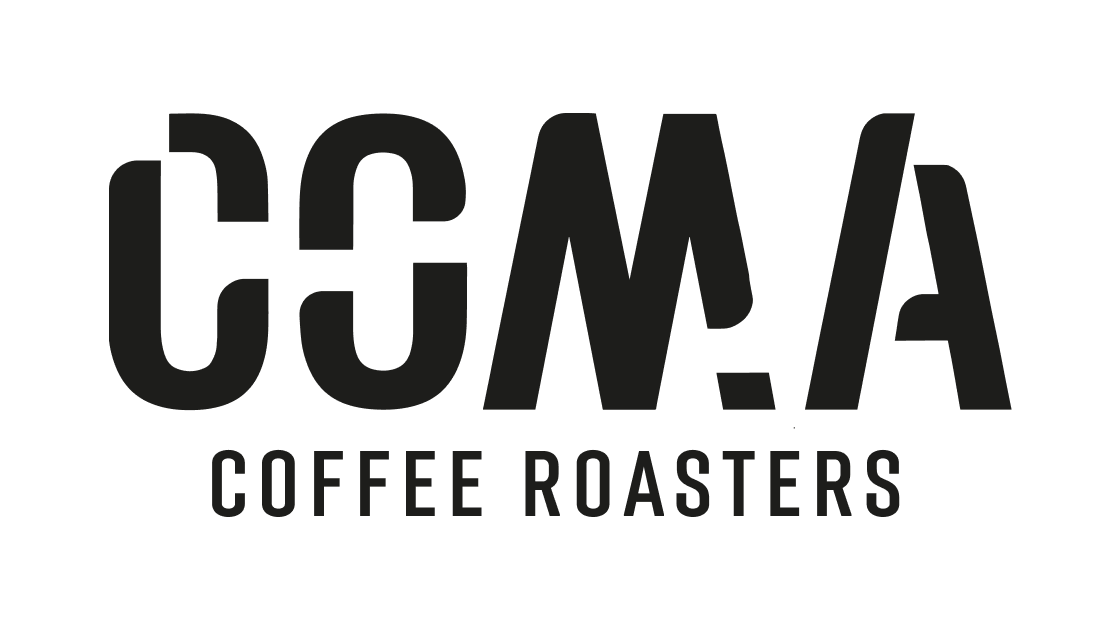Origen Café – Ethiopia Yirgacheffe
Country: Ethiopia
Subregion/Town: Yirgacheffe
Region: Sidamo
Owner: Various
Coffee Grade: Yirgacheffe Gr. 2 Fully Washed
Farm/Coop/Station: Various
Varietal: JARC varieties , Local Landraces
Altitud: 1,700-2,200 meters above sea level
Yirgacheffe is a district in Southern Ethiopia’s Sidamo region. Yirgacheffe is widely recognized as one of coffee’s ‘birth regions.’ Washed coffees coming from this district are so well-known and sought-after that Yirgacheffe is considered its own micro-region.
The majority of coffees grown in Yirgacheffe are local landrace varieties (which have, in the past, been called Ethiopian heirloom). The other varieties grown in the region are from the Jimma Agricultural Research Centre (JARC). JARC is an important research center for Ethiopia and provides disease resistant varieties that also preserve cup quality.
Cultivation
Farming methods in Yirgacheffe remain largely traditional. Yirgacheffe farmers typically intercrop their coffee plants with other food crops. This method is common among smallholders because it maximizes land use and provides food for their families.
In addition to remaining traditionally intercropped, most farms are also traditional and organic-by-default. Farmers in Yirgacheffe typically use very few—if any—fertilizers or pesticides. Most farm work is done manually and very few tasks are mechanized, even during processing.
Harvest & Post-Harvest
All coffee is selectively hand-harvested before being delivered to a collection center or directly to the washing station. At the washing station, coffee is sorted to remove damaged or underripe cherry and is then delivered to the pulpers to be pulped. It will then be fermented for around 24 hours, depending on the weather conditions.
Once fermentation is complete the parchment is thoroughly washed and is then graded in washing channels, separating each lot into two grades based on density. Once graded, the coffee is sometimes soaked under clean spring water in tanks for 12-24 hours to remove all traces of fermented mucilage.
After washing, the coffee is delivered to raised beds to dry under shade for 10-14 days until moisture content reaches 12%. During this time, the coffee is regularly turned and hand sorted several times to remove any damaged or discolored beans. Coffee is covered with plastic during the hottest hours of the day to protect the parchment from drying too quickly and overnight to prevent condensation from seeping into the drying parchment. This level of labor and love result in a truly exquisite cup profile.
Grade 2
In the Ethiopian grading system, grade 2 refers to the cup quality as well as physical quality of a coffee. A grade 2 allows between four and 13 full defects per 300gr green sample. The cup typically has fruity and clean characteristics, without any off-flavors.
Ethiopia Sidamo 2 is a classic in every coffee range and especially popular in blends. The cup quality can be very surprising for prices well below the grade 1 price point. For us, grade 2 coffee typically sits around an 83-84 cup score.
Coffee in Ethiopia
While Ethiopia is famous as coffee’s birthplace, today it remains a specialty coffee industry darling for its incredible variety of flavors. While full traceability has been difficult in recent history, new regulations have made direct purchasing possible. We’re partnering directly with farmers to help them produce top quality specialty lots that are now completely traceable, adding value for farmers and roasters, alike.
The exceptional quality of Ethiopian coffee is due to a combination of factors. The genetic diversity of coffee varieties means that we find a diversity of flavor, even between (or within) farms with similar growing conditions and processing. In addition to varieties, processing methods also contribute to end quality. The final key ingredients for excellent coffee in Ethiopia are the producing traditions that have created the genetic diversity, processing infrastructure and great coffee we enjoy today.
Most producers in Ethiopia are smallholders, and the majority continue to cultivate coffee using traditional methods. As a result, most coffee is grown with no chemical fertilizer or pesticide use. Coffee is almost entirely cultivated, harvested and dried using manual systems.













